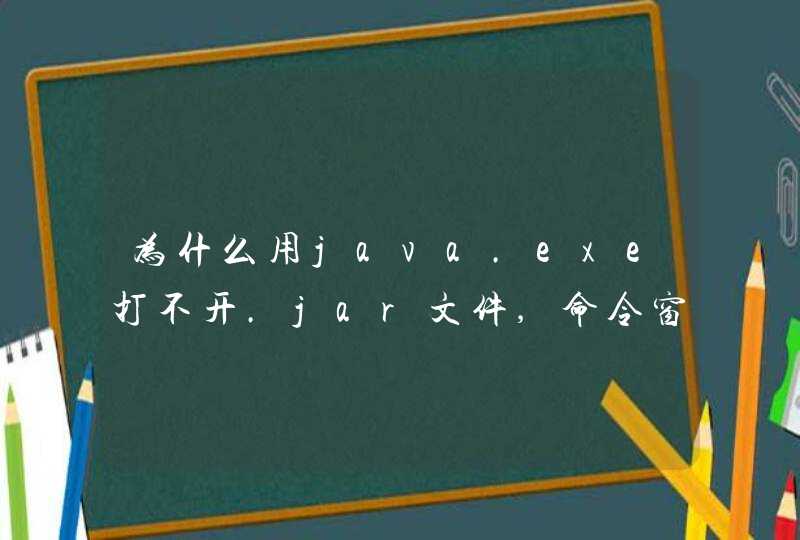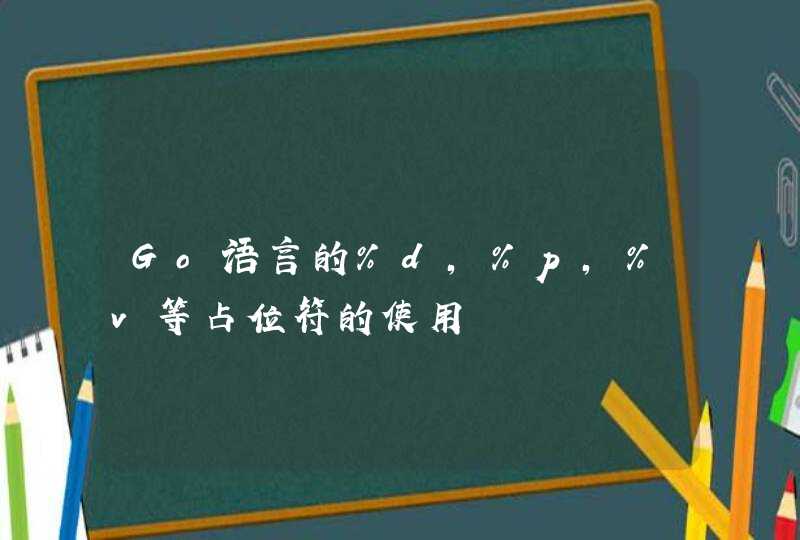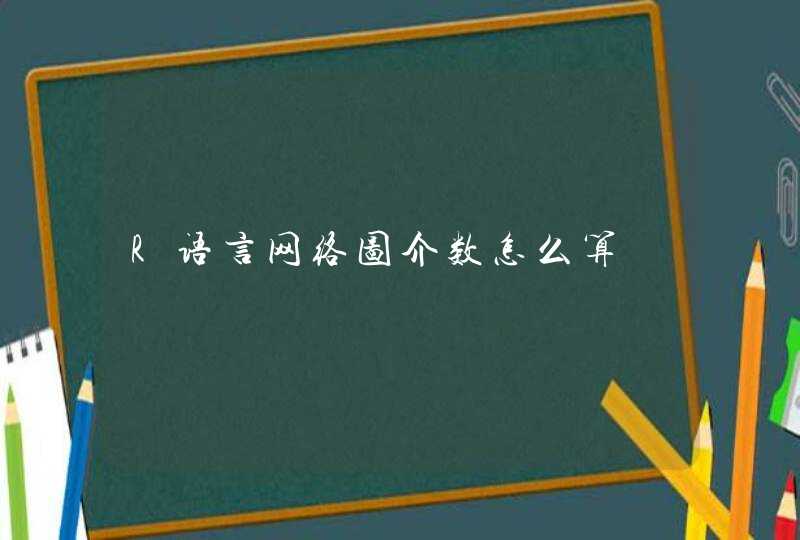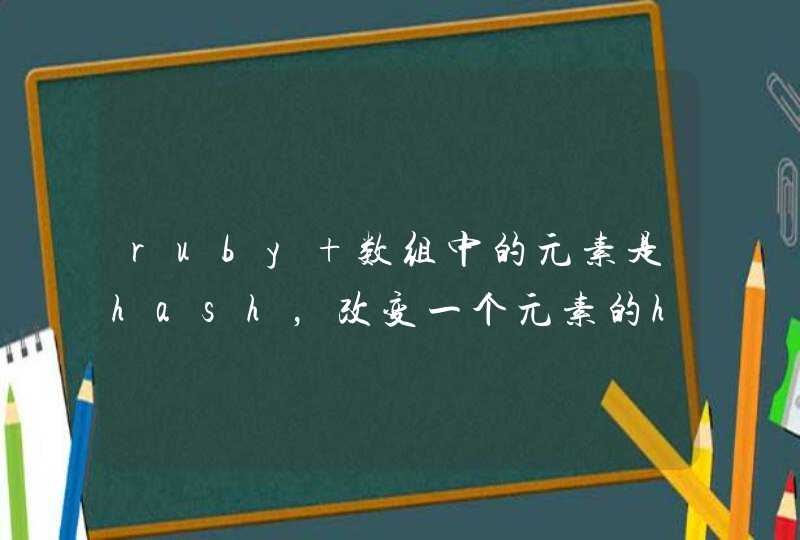
二进制文件是一个文件,其中包含仅以位和字节形式存储的信息(0和1)。它们不可读,因为其中的字节转换为包含许多其他不可打印字符的字符和符号。尝试使用任何文本编辑器读取二进制文件将显示为类似?和?这样的字符。
二进制文件必须由特定程序读取才能使用。例如,Microsoft Word程序的二进制文件只能通过Word程序读取到人类可读的形式。这表明,除了人类可读的文本之外,还有更多的信息,如格式化的字符和页码等,它们也与字母数字字符一起存储。最后二进制文件是一个连续的字节序列。 我们在文本文件中看到的换行符是将第一行连接到下一个的字符。
有时,由其他程序生成的数据需要由R作为二进制文件处理。 另外R需要创建可以与其他程序共享的二进制文件。
R有两个函数用来创建和读取二进制文件,它们分别是:WriteBin()和readBin()函数。
语法
writeBin(object,con)readBin(con,what,n)
R
以下是使用的参数的描述 -
con- 是要读取或写入二进制文件的连接对象。
object- 是要写入的二进制文件。
what- 是像字符,整数等的模式,代表要读取的字节。
n- 是从二进制文件读取的字节数。
实例
这里考虑使用R内置数据“mtcars”。 首先,我们从它创建一个csv文件并将其转换为二进制文件并将其存储为操作系统文件。接下来将这个二进制文件读入R中。
1. 写入二进制文件
我们将数据帧“mtcars”读为csv文件,然后将其作为二进制文件写入操作系统。参考以下代码实现 -
# Read the "mtcars" data frame as a csv file and store only the columns"cyl","am"and"gear".write.table(mtcars,file="mtcars.csv",row.names=FALSE,na="",col.names=TRUE,sep=",")# Store 5 records from the csv file as a new data frame.new.mtcars<-read.table("mtcars.csv",sep=",",header=TRUE,nrows=5)# Create a connection object to write the binary file using mode "wb".write.filename=file("/web/com/binmtcars.dat","wb")# Write the column names of the data frame to the connection object.writeBin(colnames(new.mtcars),write.filename)# Write the records in each of the column to the file.writeBin(c(new.mtcars$cyl,new.mtcars$am,new.mtcars$gear),write.filename)# Close the file for writing so that it can be read by other program.close(write.filename)
R2. 读取二进制文件
上面创建的二进制文件将所有数据作为连续字节存储。 因此,我们将通过选择列名称和列值的适当值来读取它。
# Create a connection object to read the file in binary mode using "rb".read.filename<-file("/web/com/binmtcars.dat","rb")# First read the column names. n = 3 as we have 3 columns.column.names<-readBin(read.filename,character(),n=3)# Next read the column values. n = 18 as we have 3 column names and 15 values.read.filename<-file("/web/com/binmtcars.dat","rb")bindata<-readBin(read.filename,integer(),n=18)# Print the data.print(bindata)# Read the values from 4th byte to 8th byte which represents "cyl".cyldata=bindata[4:8]print(cyldata)# Read the values form 9th byte to 13th byte which represents "am".amdata=bindata[9:13]print(amdata)# Read the values form 9th byte to 13th byte which represents "gear".geardata=bindata[14:18]print(geardata)# Combine all the read values to a dat frame.finaldata=cbind(cyldata,amdata,geardata)colnames(finaldata)=column.namesprint(finaldata)
R
当我们执行上面的代码,它产生以下结果和图表 -
[1]7108963 17280812497496037 6 6 4 [7] 6 8 1 1 1 0[13] 0 4 4 4 3 3[1] 6 6 4 6 8[1] 1 1 1 0 0[1] 4 4 4 3 3 cyl am gear[1,] 6 14[2,] 6 14[3,] 4 14[4,] 6 03[5,] 8 03
Shell
我们可以看到,通过读取R中的二进制文件,得到了原始数据。
先说简单的,有一个叫strtoi()的函数
# 如果直接写> strtoi("111")
[1] 111
# 如果加base = 2,就是告诉R要换成十进制
> strtoi("111", base = 2)
[1] 7
反过来就有些麻烦,R自带intToBits()函数,但效果不好,要自己调整
> intToBits(12)[1] 00 00 01 01 00 00 00 00 00 00 00 00 00 00 00 00 00 00 00 00 00 00 00 00
[25] 00 00 00 00 00 00 00 00
12换成二进制是1100,上面答案实际上是反过来读,三四位是11,其余都是0.
paste(rev(as.integer(intToBits(12))), collapse="")[1] "00000000000000000000000000001100"
首先二进制存储的数据格式你自己要清楚看你要保存成CSV文件,那存储的应该是表格类的或者矩阵数据
编程自己读写吧,读就要你自己搞清楚了,写就把读出来的数据按行写入,数据间再写入一个逗号
csv文件其实就是文本文件,里面的数据以矩阵方式存储,数据用逗号隔开





































































